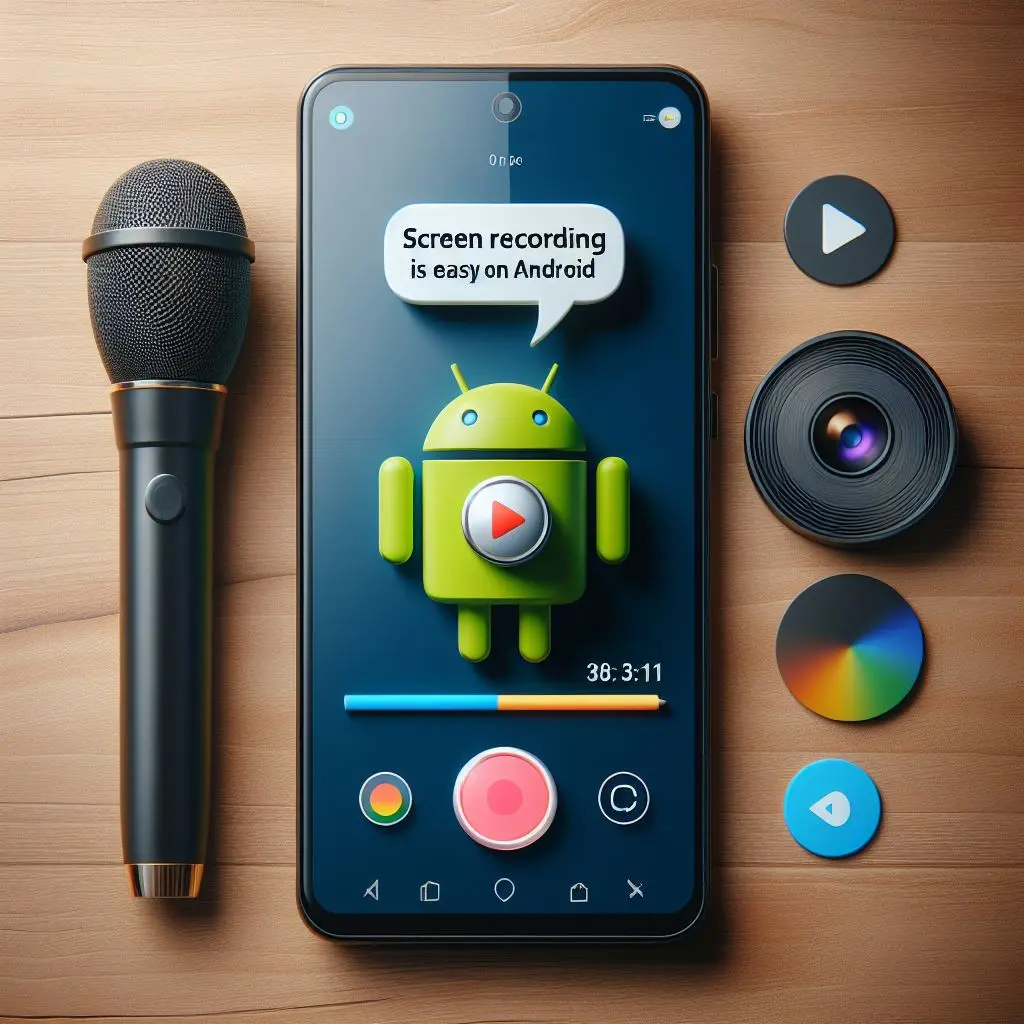In today’s digital world, our smartphones serve as powerful tools for communication, entertainment, and productivity. Among the myriad of features they offer, screen recording stands out as a versatile tool that allows users to capture and share moments from their device’s screen. Whether you’re showcasing a new app, sharing gameplay highlights, or providing tech support, knowing how to screen record on Android can be incredibly beneficial. In this guide, we’ll take you through the steps to master screen recording on your Android device.

Why Screen Recording Matters
Before we delve into the “how,” let’s briefly explore the importance of screen recording on Android:
- Tutorial Creation: Screen recording enables you to create comprehensive tutorials or guides for apps, processes, or features, making it easier to share knowledge with others.
- Gaming Highlights: Capture your gaming achievements, strategies, or funny moments to share with friends, followers, or gaming communities.
- Bug Reporting: Record and document software bugs, glitches, or issues to provide detailed feedback to developers or tech support.
- Memorable Moments: Preserve important video calls, chats, or any other content displayed on your screen for future reference or sharing.
With these scenarios in mind, let’s explore how to screen record on your Android device.
Step-by-Step Guide to Screen Recording on Android
Step 1: Check Device Compatibility
Before you begin, ensure that your Android device supports screen recording. Most modern Android devices come equipped with built-in screen recording functionality, but it’s always good to double-check, especially if you’re using an older device or a custom ROM.
Step 2: Access Screen Recording
To start screen recording, swipe down from the top of your screen to open the Quick Settings panel. Look for the “Screen Record” or “Screen Recorder” icon among the tiles. If you don’t see it, you may need to edit your Quick Settings to add it.
Step 3: Customize Recording Settings (Optional)
Depending on your device and Android version, you may have the option to customize your screen recording settings. This can include choosing the video resolution, selecting audio sources (device audio, microphone, or both), enabling touches or gestures visualization, and more.
Step 4: Start Recording
Once you’ve configured your settings, tap the screen recording icon to begin capturing your screen. You may be prompted to confirm permissions for audio and video recording. After confirming, the recording will start after a short countdown.
Step 5: Stop and Save Recording
To stop the recording, simply tap the screen recording notification in your notification shade or return to the Quick Settings panel and tap the “Stop” button. Your screen recording will then be saved to your device’s internal storage or gallery.
Step 6: Edit and Share Your Recording
After recording, you can access your screen recordings in your device’s gallery app or file manager. From there, you can edit the recording, trim unnecessary parts, or share it directly with others via messaging apps, email, or social media platforms.
Conclusion
Screen recording on Android opens up a world of possibilities for sharing and documenting your digital experiences. Whether you’re a content creator, gamer, educator, or tech enthusiast, mastering screen recording can enhance your ability to communicate, troubleshoot, and entertain. By following the steps outlined in this guide, you’ll be well-equipped to harness the power of screen recording on your Android device.
So go ahead, capture those unforgettable moments, share your expertise, and make the most of your Android device with screen recording!

